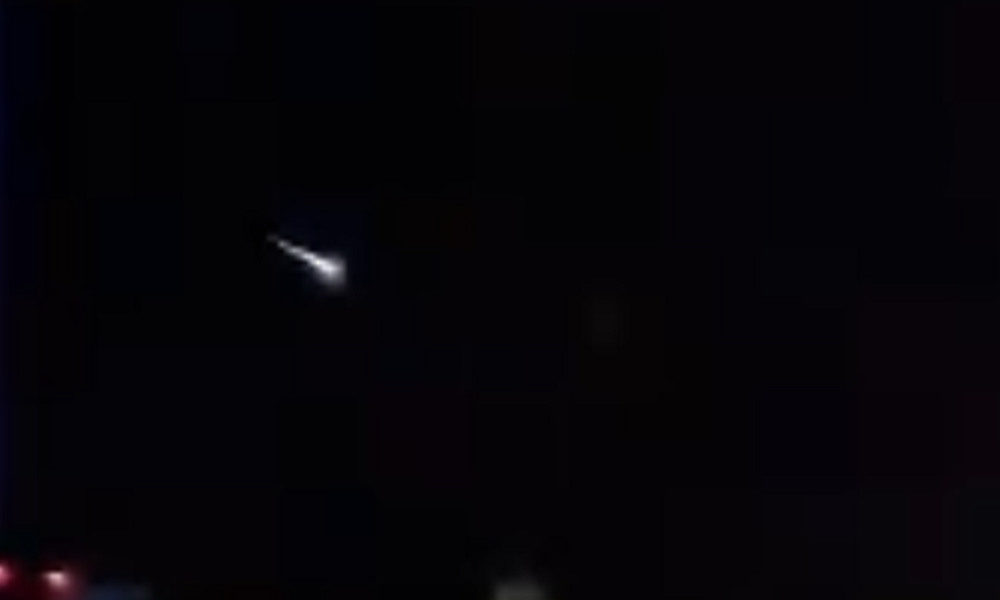The meteor soared over the D.C. area about 11 p.m., and the brilliant shine caught a lot of eyes.
Steve Chazin was driving from Virginia's Dulles Airport on Route 50 when his dashcam caught the sight: an illuminated orb flying through the skies, surrounded by a glow and backed by a tail.
The American Meteor Society had 325 reports of the celestial event pour in from Washington, D.C., and 11 states, including Maryland, Virginia and West Virginia.
Huge #meteor visible from #DC at 10:57 pm. Retweet and/or DM me for more details. pic.twitter.com/2hTsJhVnj1
— Steve Chazin (@stevechazin) April 17, 2019
Here it is slowed down and zoomed in. pic.twitter.com/uoNiJpfhyJ
— Tim Buckley (@TimBuckleyWX) April 17, 2019
That group called the flare a fireball, or extra-bright meteor, meaning it shone brighter than Venus. Witnesses wrote to the American Meteor Society's report line about their rare chance to see such a stunning sight. Many reports said the meteor appeared green.
"It was the brightest meteor I have ever seen," one reporter wrote.
"It was so beautiful I'm so happy I got to see it," Emily M. wrote in her report.
Meteors hurtle into the earth's atmosphere at speeds around 110,000 mph, Storm Team4 Meteorologist Lauryn Ricketts says. Only about a quarter have trains, or ionized gas trails that make a visible tail.
The meteor comes as the annual Lyrids shower, which runs from April 14 to April 28. Although this meteor was likely not part of the Lyrids, you'll soon have a good chance to see as more meteors fly by at night.
Cloudy skies will obscure the view through the weekend, but things should clear around the time when the Lyrids shower peaks, from April 22 to predawn on April 23.
You can see 10-20 meteors an hour during the peak if you're in a dark spot with limited light pollution. You'd be lucky to see something as bright as Tuesday's meteor, especially since the moon will be nearing full in a waning gibbous stage.
The Lyrids shower is an annual occurrence that comes as the earth passes through the tail of Comet Thatcher and has been recorded and observed since 678 BC — making it the oldest known meteor shower, Ricketts says.




Comment: Additional footage of the event: